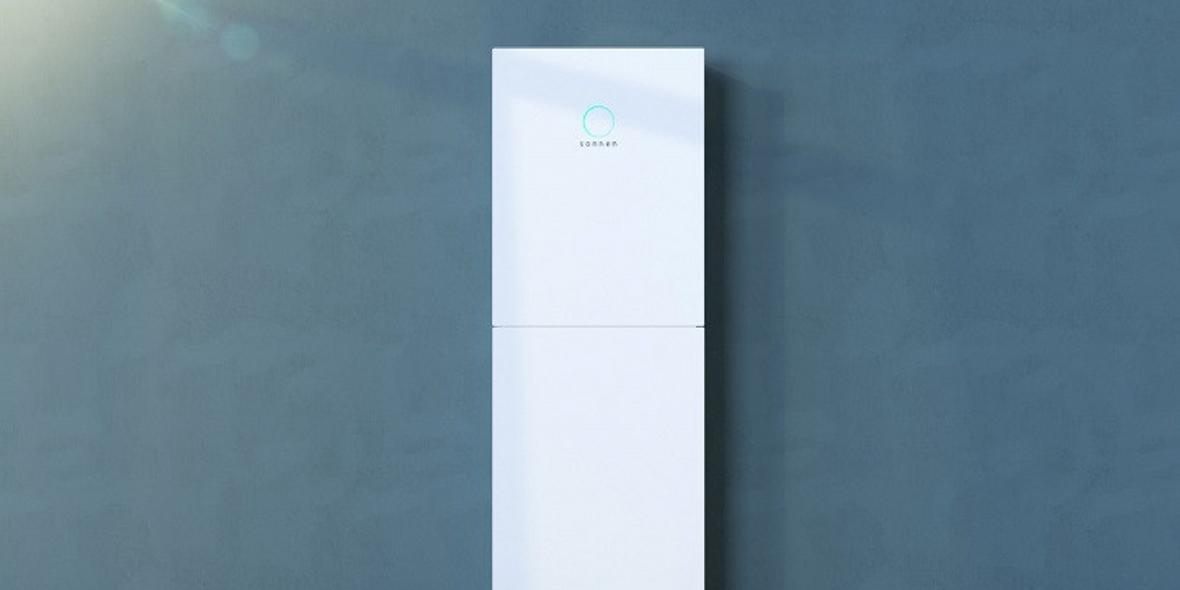12. Nov 2024
A Guide to Photovoltaic Storage with Batteries

Solar energy production is a great way to turn homes, buildings or any other infrastructure self-sustainable for its energy needs. The photovoltaic systems that are installed are, however, only capable of producing energy only during the presence of sunlight. This gives rise to the need for a storage system that can act as a power supply in the absence of sunlight.
The most common way to store the solar energy generated by the house or the building is chemical storage, also commonly known as, batteries. During the day, as the solar energy is being produced, the excess electrical energy that is not used at that time is directed to these batteries, where the electrical energy is converted into chemical energy for later usage.
Battery storage systems are very common for both types of photovoltaic installations, i.e, standalone systems that are not connected to the power grid and the ones that are. They are a reliable and cost-efficient way to ensure a steady source of electricity without any interruptions.
There are two main types of batteries that are available in the market currently. Lead-acid and lithium-ion batteries. Though lead-acid batteries are cheaper and thus have become a common battery to use in some installations, lithium-ion batteries are gaining popularity. This is because the performance and longevity of lithium-ion batteries are better and thus provide a more stable energy source.
In general, the two most common stages of a battery function can be encapsulated as follows:
- When energy production is higher than energy needs:
This stage is usually at the middle of the day when the energy needs such as lighting or heating may not be that high while the sunlight is at its peak intensity. The excess energy that is not being used gets converted and stored in the batteries - When power generation is lower than the energy needs:
This is common at the start of the day when the sunlight is not at its peak intensity and at night when there is no sunlight. The energy production cannot meet the energy needs and it may need to use its energy stored in the batteries. If there is no energy stored then the smart energy management system will switch to the grid for energy.
For any photovoltaic (PV) system which has batteries in it, this storage aspect plays a crucial role in the setup and operation of the whole energy production. The batteries influence the cost, maintenance requirements, reliability, and design of the photovoltaic system. This is why it is important to not only have battery storage for a PV system but also carefully consider and choose the right storage solution for it as well.
KNX has multiple solutions that look to transform energy management and promote renewable energy production for a better and sustainable future. Our partner Sonnen has developed Sonnenbatterie that is a high-tech storage system that can cover about 75% of yearly energy requirements with self-produced and clean energy. Click here to know more.
Smart Energy Management with KNX: Insights for Professionals
Do you want more info on how KNX can contribute to more sustainable homes and buildings? Explore how KNX enables advanced smart energy solutions in residential and commercial projects. Our collection of expert articles, technical guides, and industry updates will help you stay ahead in designing energy-efficient, future-proof buildings.
Highlights
-
 Press
PressETS6 Roadshow 2025 marks global success, showcases power of ETS6.3
ETS6 takes center stage during the month of May with 24 roadshow stops all over the world. -
 News
NewsThe KNX Journal 2025 is now available
The latest edition of our annual smart home and building solutions magazine has arrived. The KNX Journal 2025 offers ... -
 KNXtoday
KNXtoday#KNXis35: KNX history and evolution
KNX is 35. This worldwide building control standard, initiated by a handful of visionary European manufacturers, now has ...
